“MISTER BROW: BEST EYEBROW SHAPING! COME INSIDE NOW!!” The sound of an eyebrow salon aurally assaulting passersby is heard daily in Sanlitun.
One of the more basic – and pervasive – forms of advertising in China, the speaker-shout is unrelenting. And if it’s not disembodied voices, it’s voices screaming from televisions inside and outside elevators, or images flickering on screens inside taxis and buses. Or posters plastered across bus stops and subway stations, and inside subway cars themselves. And don’t forget the mobile phone pop-ups.
Put simply, advertising is everywhere in China and it’s unlikely to let up anytime soon. While spending on advertising is set to fall globally, forecasts predict that total media expenditures in China will grow 7.8 percent to RMB581 billion this year, according to a recent report by media investment company GroupM. In the US meanwhile, the growth rate for ad sales in 2017 was predicted to slow to 1.8 percent, reported CNBC last year.


People in China are thirsty for information, says corporate marketing consultant Roohi Hamlani. Having worked in the Middle East, Africa, North America and, most recently, China, Hamlani sees the market here as, “highly advanced, in some respects. Marketing and advertising appears fast-paced; content is abundant.”
The way such content is presented can overwhelm, Hamlani admits. “[The] aesthetic can feel relatively ‘busy’ and basic,” she says. “However, I interpret it as reflecting the pace [of] the country’s development and need for having the latest information in a rapidly changing environment.”
But, ubiquity aside, is the advertising effective?
Two advertisements went viral in China last year for very different reasons. One, an ad for Chinese detergent brand Qiaobi, depicted a black man who transformed into a pale-skinned Chinese man after being ‘washed.’ The other, an ad by Japanese skincare brand SK-II, tackled the social issue and stigma of being a ‘left-over woman’ (a derogatory term that generally refers to an unmarried woman over the age of 27).
Commenters on Weibo expressed their horror at the racist Qiaobi ad and accused the Chinese company of plagiarizing an earlier Italian ad, which also used the ‘black-turns-white’ trope. Meanwhile, the ‘left-over women’ ad was praised for its sensitivity and watched over 10 million times within ten days of its premiere, according to Chinese news blog What’s On Weibo.
The contrast couldn’t be clearer: The latter, a conversation-starter, the former a brand-killer. (Qiaobi took down the commercial and apologized via its official Weibo account for causing offence.)
SK-II’s video, part of its worldwide ‘Change Destiny’ campaign, was an exceptional hit, unique in its astute use of social messaging. But more often than not, brands in China rely on a few tried-and-tested strategies, such as celebrity endorsements, patriotism and cultural traditions.
For example, racism crosses a clear line for most observers, yet Qiaobi was, in its own (racist) way, simply reiterating a commonly accepted beauty ideal in China. That is: Pale skin is best. Cultural differences must be navigated carefully, says Hamlani: “We need to respect what works here and limit comparisons to what works in the West. My impression is that China’s history and heritage will continue to play a strong role in communication.”
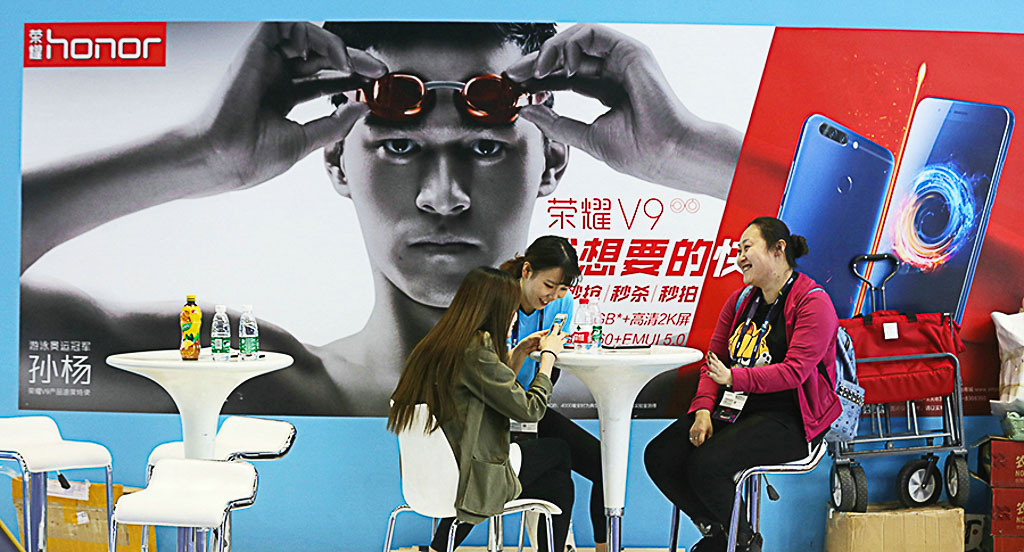
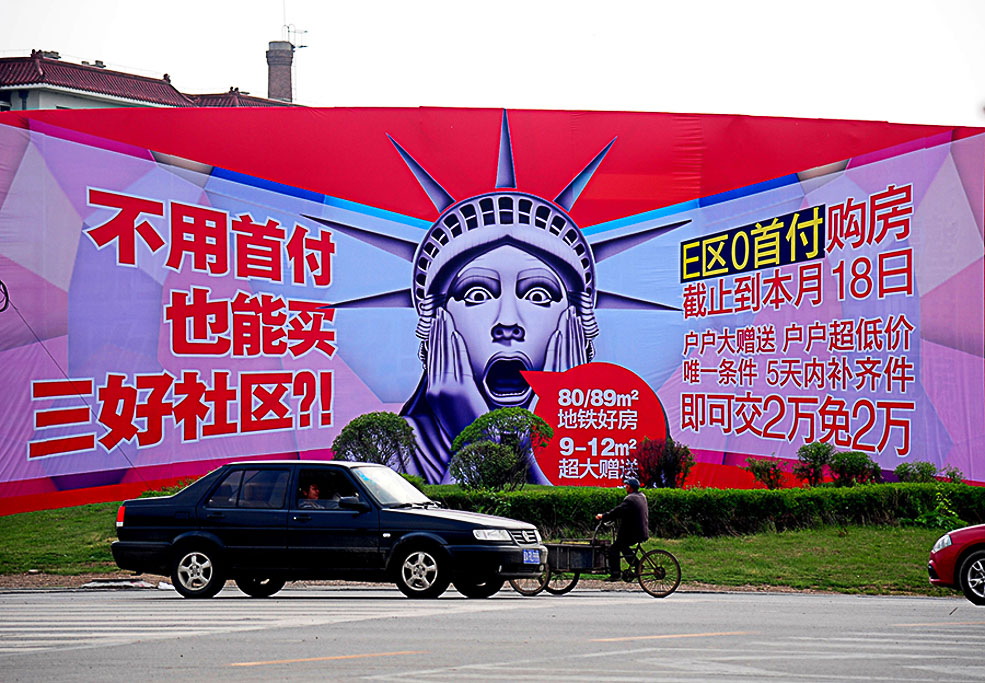
Not everyone in the industry is content with the state of advertising in China. Over tea one evening, former ad producer Zhu Xing* and ad design studio owner Ma Yun* express their frustration with China’s advertising scene.
The creativity problem is an institutional one, Zhu says. “I’m often told by [PR] agencies: ‘This is what the client wants and what the client agrees on, just follow what they want.’
“Marketing departments, PR agencies and advertising companies are sensitive to price and time. It’s like: ‘Give me this tomorrow, don’t be creative,’" Zhu laments. “It’s very, very rare that you find a client who cares about art and aesthetic.”
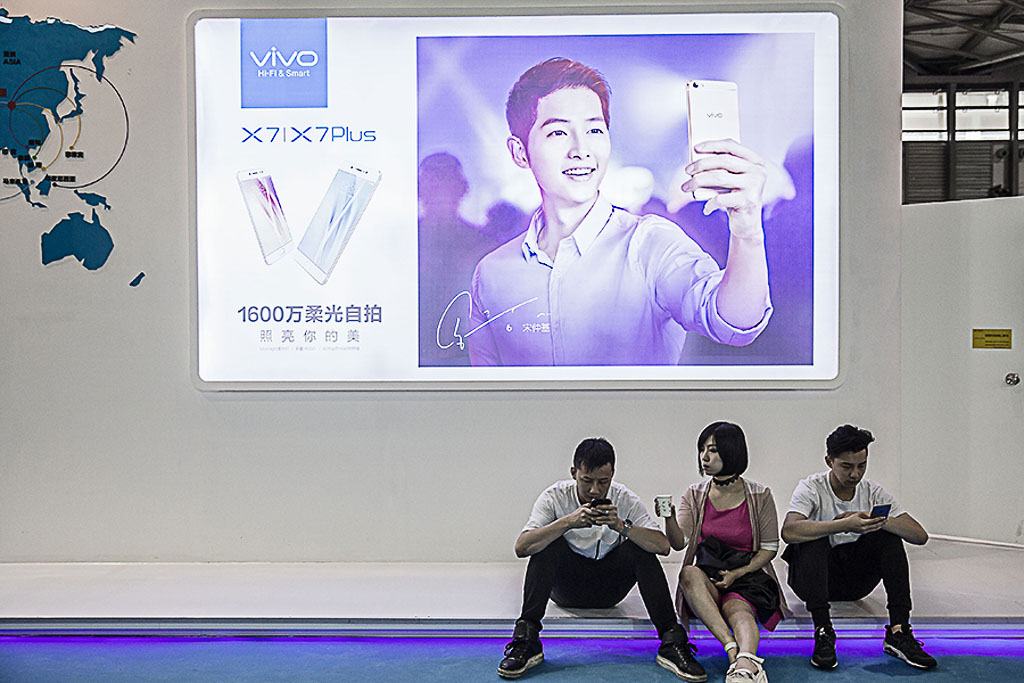
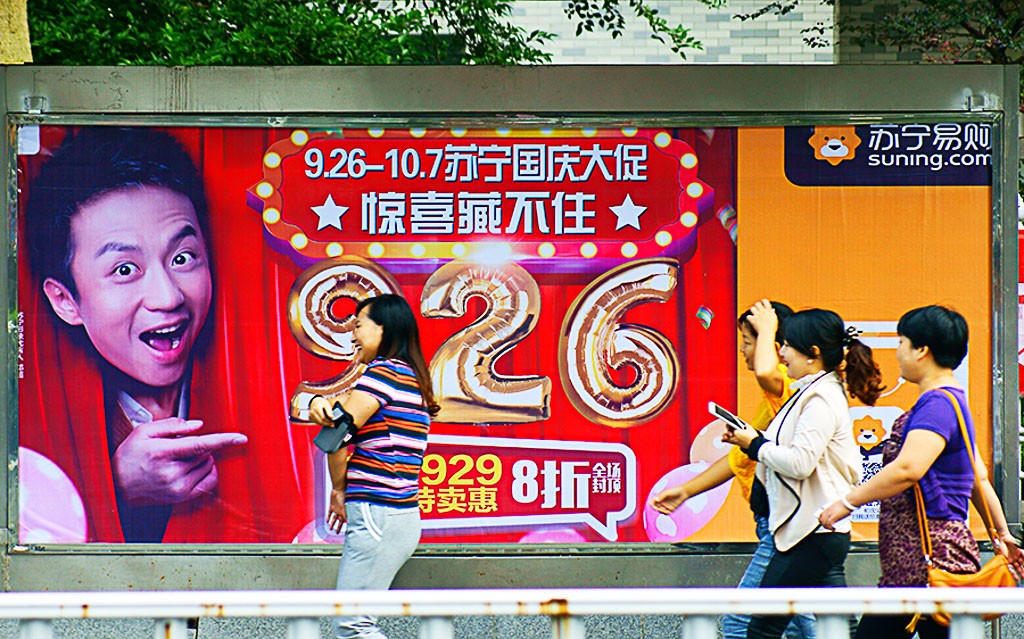
But aren’t price and time sensitivities industry concerns everywhere?
“I think it’s a China issue, because if you look at the consumer market, it’s the same,” Zhu counters. “The thing people care most about is price and availability. If they want it, they have to get it right away.”
Studio owner Ma agrees, highlighting the differences between the industry in China and other Asian markets. “Japan, Korea and even Thailand are doing a better job because they have interesting ideas, at least,” she says. “[My studio] serves some big companies but it’s always through a famous agency – we can’t get the job directly. Some Japanese studios work with famous international companies [directly] but here it’s difficult.”
Thai ads are often narrative-heavy and have garnered their own following in China (Weibo accounts are dedicated to sharing them online). The same cannot be said for Chinese ads. Many brands rely on the formula: celebrity + product = ad. Customers face an overwhelming amount of information, and celebrity endorsement is supposed to make it easier for consumers to make choices. Yet the recipe is rather stale.
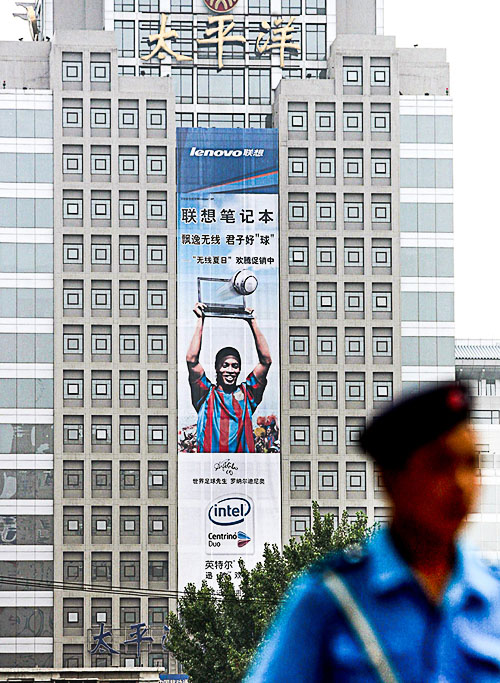
Celebrity endorsement in China is a free-for-all. Seemingly every second ad, whether it’s for a smartphone or instant noodles, uses the gimmick – though feedback varies. Male singer Jiro Wang’s promotion of Freemore sanitary pads drew particular ridicule. And actors Gong Li and Fan Bingbing were left red-faced after a diet pill they endorsed, Qumei, was found to contain a chemical that can increase the risk of heart disease.
Jiro Wang's Freemore sanitary pad advertisement (VPN required)
In light of these embarrassments, China’s Advertising Law was amended in 2015 to include tighter regulations on celebrity endorsement. Now, an advertising spokesperson can only recommend a product or service if they have personally used it. Those flaunting the regulations risk having their endorsement fees confiscated and penalties imposed.
A quick look at the countless celebrity endorsed advertisements splashed around the city suggests the amendment hasn’t had much effect. Does Angelababy really use Crest toothpaste? Is Chinese singer Xue ‘Joker’ Zhiqian a hardcore KFC-lover?
And, despite the change in regulations, men are still fronting for cosmetic brands. Pop idol – and prolific celebrity endorser – Lu Han endorses make-up brand L’Oreal, while teenage boyband TFBoys are spokesmen for the Chinese cosmetics brand Chando (whose current campaign sees the boys promoting a face ‘brightening’ cream).

Celebrity endorsements are used to establish trust between the brand and consumer, Zhu says. “Chando is a Chinese brand. People question China-made brands, but if you have the resources and money to have TFBoys endorse you, it makes the audience feel like you’re a well-known [brand].”
Negative opinion towards domestic brands forces companies to reevaluate their image – something that even the government and state media support. In April, China’s State Council named May 10 ‘Chinese Brands Day.’ (According to industry commentators, this was due to a speech made by Xi Jinping in 2014, where he called for Chinese ‘products’ to advance to ‘brands.’) And on World Consumer Rights Day, March 15, CCTV hosts a special annual show, criticizing brands for their ‘misleading’ advertisements. Past ‘name and shames’ have included Muji, Nike and Apple.
According to Hamlani: “Consumers are getting harder on brands and companies, especially when it comes to doing the right thing.” Yet, cynical viewers are quick to point out that the gala appears to mainly target international brands – coincidence or conspiracy?
After all, there’s money to be made – and Chinese brands want a piece of it. A report by the Boston Consulting Group states that China’s consumer economy is expected to increase by around half, to USD6 trillion by 2020.
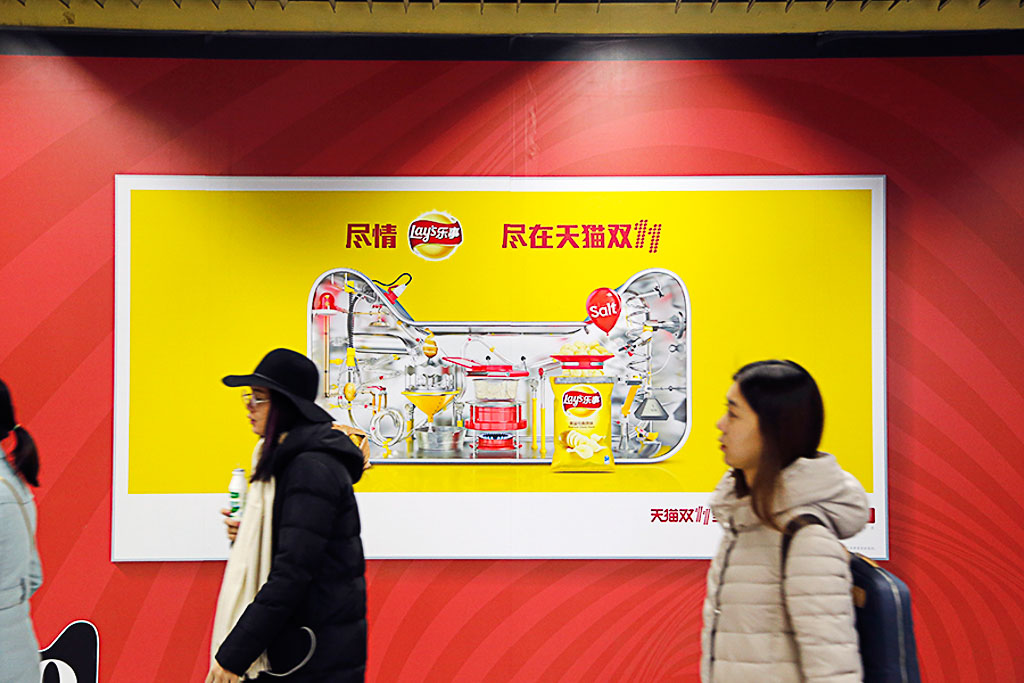
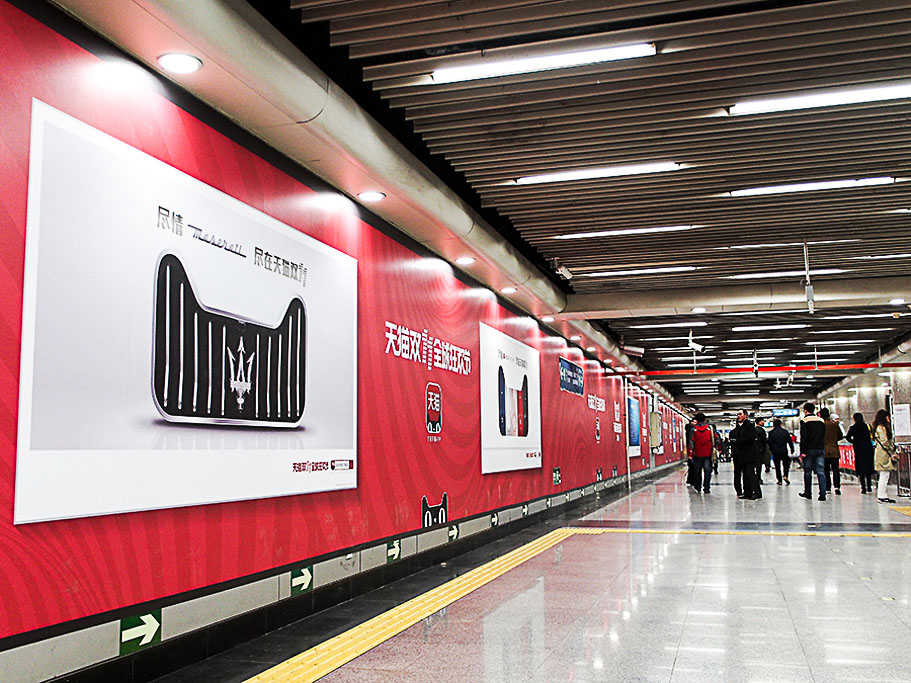
The ad battle is increasingly being fought in digital arenas. China’s online advertising market reached almost RMB300 billion in 2016, making up 68 percent of the country’s five key advertising media revenues (digital, TV, out-of-home, print and radio). For comparison, only a quarter of advertising expenditure went towards TV spots, according to China Internet Watch.
This bodes well for advertisers in China, as Hamlani notes: “Technology in China is highly progressive and makes what’s available and the speed of it feel light-years ahead in comparison [to the West]. WeChat, Taobao and Weibo are far more advanced. And this means marketing and advertising here have to keep up too.”
“Keeping up” includes shifting expenditure from purely advertising to marketing and PR, according to Shanghai PR agency Reuter Communications’ director Chloe Reuter. “[Brands] must transform themselves to stay connected to their socially savvy audiences,” the Shanghai-based marketer says.
The key, Reuter says, is having an integrated marketing strategy. “You need to be working with media and social influencers, and creating compelling content to amplify your message – with the end game to be driving commerce.”
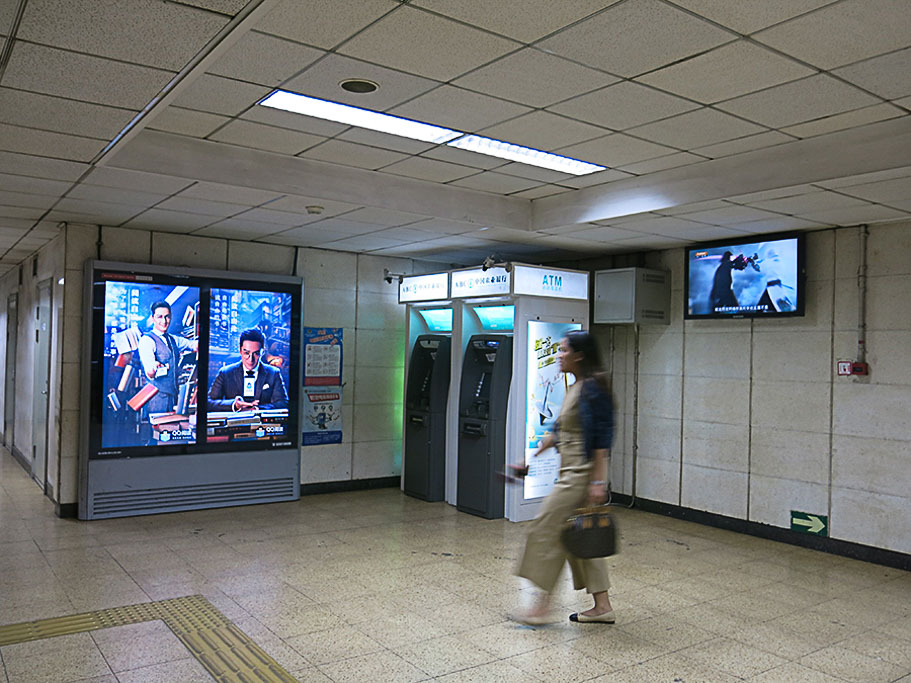
Image by Victor Liu
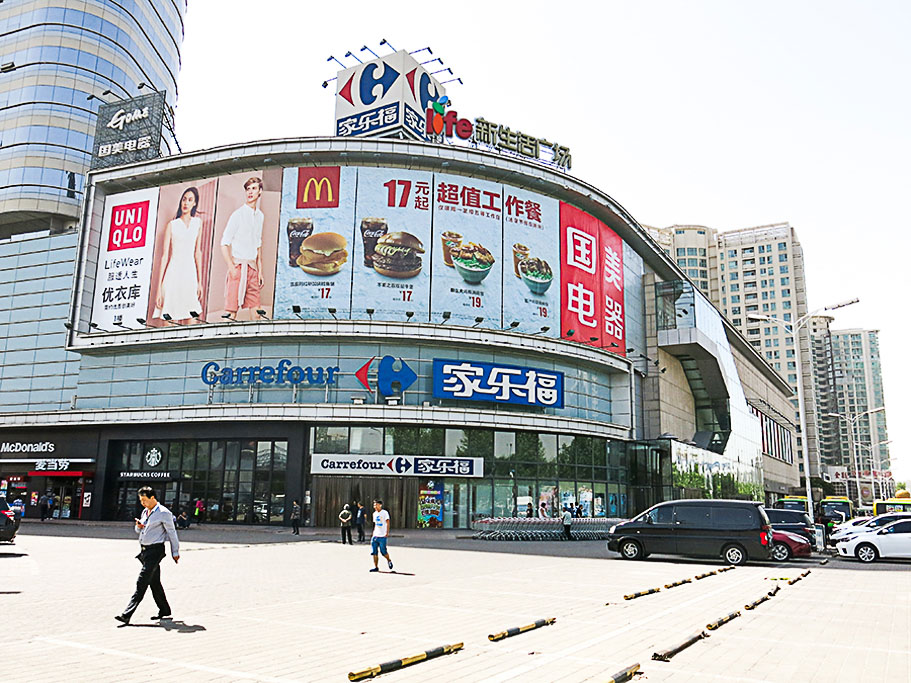
Image by Victor Liu
Essential as marketing and PR may be, advertising remains a necessary part of business. Just ask smartphone maker Xiaomi’s CEO Lei Jun who once infamously declared, “we don’t waste our money on advertising” – before spending millions on advertising the Xiaomi 6 phone following a 36 percent decrease in sales last year.
Posters line the city declaring that the Xiaomi 6’s camera zoom “takes the most beautiful photos.” The company spent RMB1.4 million sponsoring the popular TV show U Can U Bibi. Multiple celebrities now endorse the brand.
The company’s efforts haven’t gone unnoticed. Even video producer Zhu is effusive: “A few days ago I saw a new ad for the next gen Xiaomi phone and thought it was nice. It’s a video commercial, so there’s a lot of sound. The screen is blank and then you hear the [sound of the] ocean.
“...And then you see the phone.”
* Names have been changed
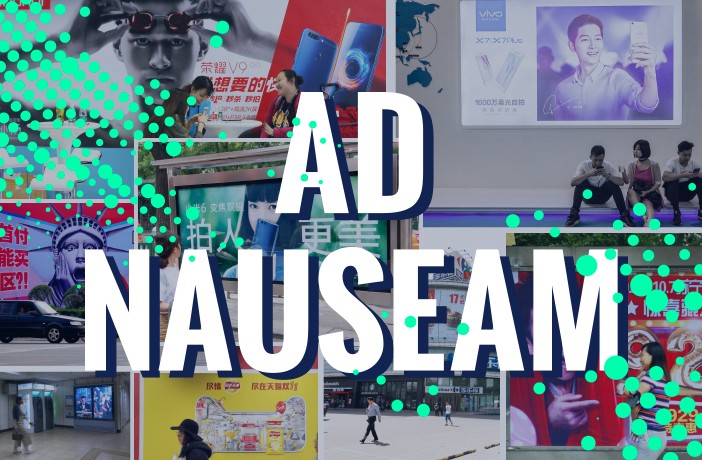




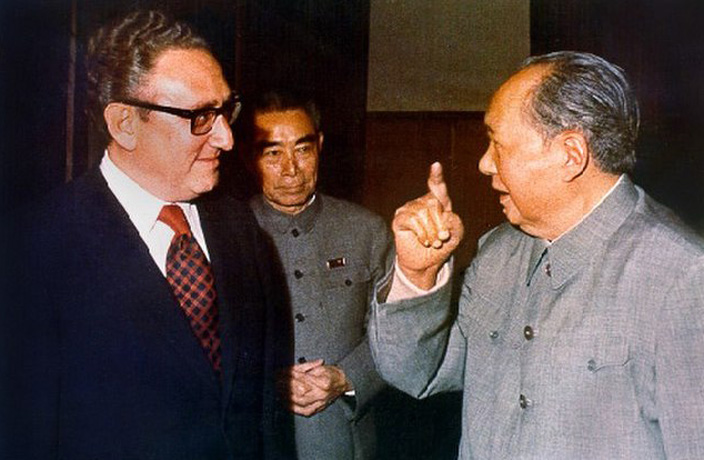
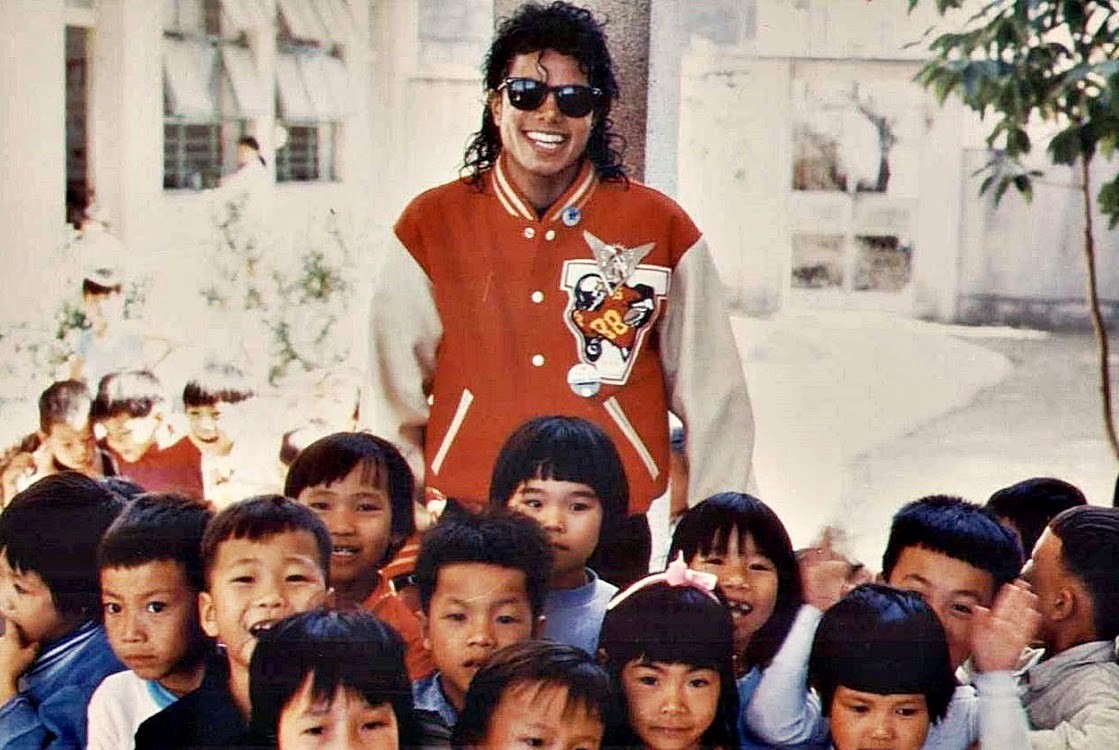
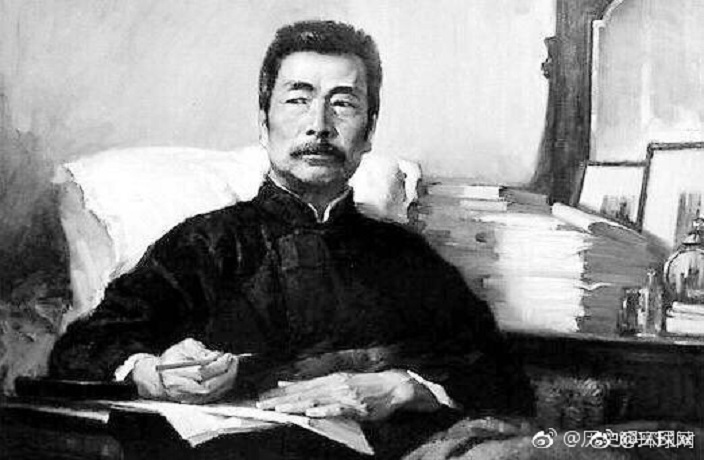













0 User Comments